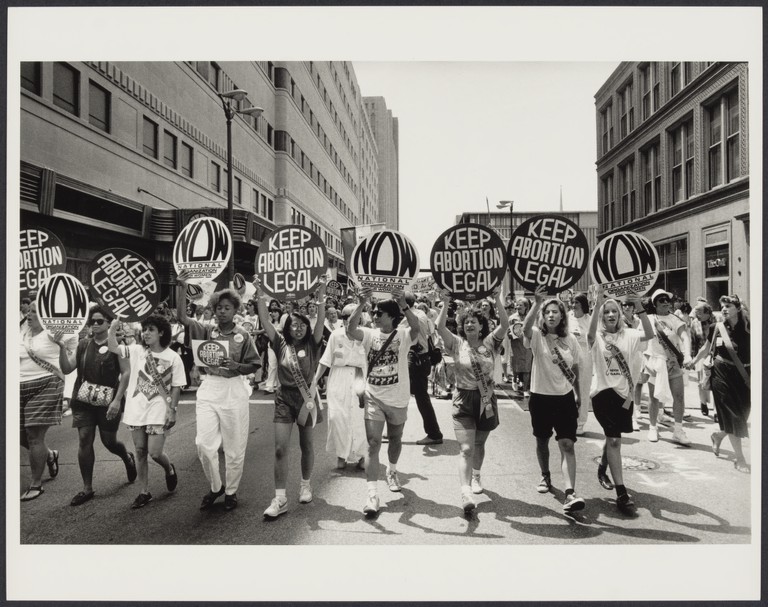Pictorialism (1880s-1920s)
It was created because many people at the time believed that photography was not classed as art. This led to people manipulating their images to make their work look more like paintings/drawings. They did this by spreading Vaseline on the lens of their camera and also scratching the negatives of their images.
Vaseline on the camera’s lens meant that the image looked blurred creating a stroked effect. This blurred image mimicked the brush strokes of a paintbrush and therefore allowed people to see it as art.
Scratching the negatives gave the images more texture. This meant that the images looked a lot like drawings, the scratches mimicked pencil lines and made the images look like someone sat for hours on end perfecting this image when it was actually created by light and shadows.
Pictorialism was heavily inspired by romanticism. This meant that pictorial images were often made showing love, femininity or elegance.
Romanticism (noun)
- A movement in the arts and literature that originated in the late 18th century, emphasizing inspiration, subjectivity, and the primacy of the individual.
Julia Margaret Cameron (1815-1879):

“Sadness” 1864 
“The Echo” 1868 
“Ellen Terry at age 16”
Julia’s photography has a running theme of showing women’s feelings and looks. She used Vaseline on the camera lens to give the women that she was photographing a more innocent look. She took images of women to show how sensitive they can be with their long hair and sullen facial expressions. The facial expressions make the viewer feel as though the women in the images are frail and vulnerable. This was a common thought towards women in England, during the 19th century.
As well as focusing on the beauty of women, she liked illustrating her views on religion and different literary works. This is shown with images such as “I Wait (R. Gurney), 1872” and “Beatrice, 1866“

Beatrice, 1866
The image above has been captured to make the model look like Mary, the mother of Jesus. There are many statues of our lady, yet it seems every single statue manages to capture the same gaze. The model in the image looks as though she is looking for hope just like the statues of our lady. Mary is looking to the sky for hope that God has kept her Son safe. Whereas the model seems as though she is looking for help from those on the earth.
This image is inspired by Beatrice Cenci:
“Beatrice Cenci was the daughter of Count Francesco Cenci, a tyrant who terrorized his wife and children. In retaliation for his abuse, Beatrice plotted with her stepmother and older brother to kill him. Though it’s not completely clear who committed the actual murder, an investigation uncovered the involvement of two men along with the three Cenci family members. The two men died before being brought to the gallows. Beatrice, her stepmother, and older brother Giacomo were all executed on the tenth of September 1599. Only Beatrice’s younger brother Bernardo was spared execution.”
Paragraph above taken from:
https://www.getty.edu/art/collection/objects/58856/julia-margaret-cameron-beatrice-british-1866/
The images back story works well with the theme of women’s mental health. It highlights the fact that women have faced domesticated violence and rape for centuries.
Quotes by Julia Margaret Cameron:
“I longed to arrest all beauty that came before me, and at length the longing has been satisfied.”–Julia Margaret Cameron
“When I have had such men before my camera my whole soul has endeavoured to do its duty towards them in recording faithfully the greatness of the inner as well as the features of the outer man. The photograph thus taken has been almost the embodiment of a prayer.” – Julia Margaret Cameron
My Research:
Feminism
The feminist movement has been around for hundreds of years.
The movement however took off when the Suffragettes began to fight for women being able too vote in the UK in the 1870s, this was known as first wave feminism. Once the First World War began, the men went off to war and the women had to stay behind and help work in factories and build bombs rather than staying in the house doing domestic work. This meant that when the war was over women wanted to have more independence and get their own job away from the house and their husbands. This became an popular opinion, the fact that women over the age of 30 in the UK in 1918 may have had a part in it also.
The second wave in the feminist movement began in the 1960s and led to the 1990s during the anti-war protests. Instead of focusing purely on the gender inequalities, the second wave of feminists broadened those ideas onto sexuality, reproductive rights, domestic violence, marital rape etc. This was a huge deal as this time it was not only women protesting, men joined in as they saw the injustice in the world . This wave helped enforce the criminalisation of marital rape in 1994 (UK), in 1965 (USA) the Griswold v. Connecticut Supreme Court ruling of 1965 prevented anyone from limiting a woman’s access to contraception or other methods of birth control.





